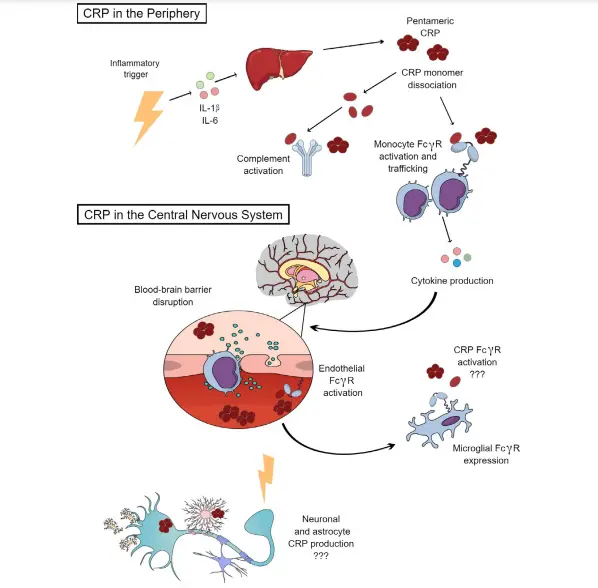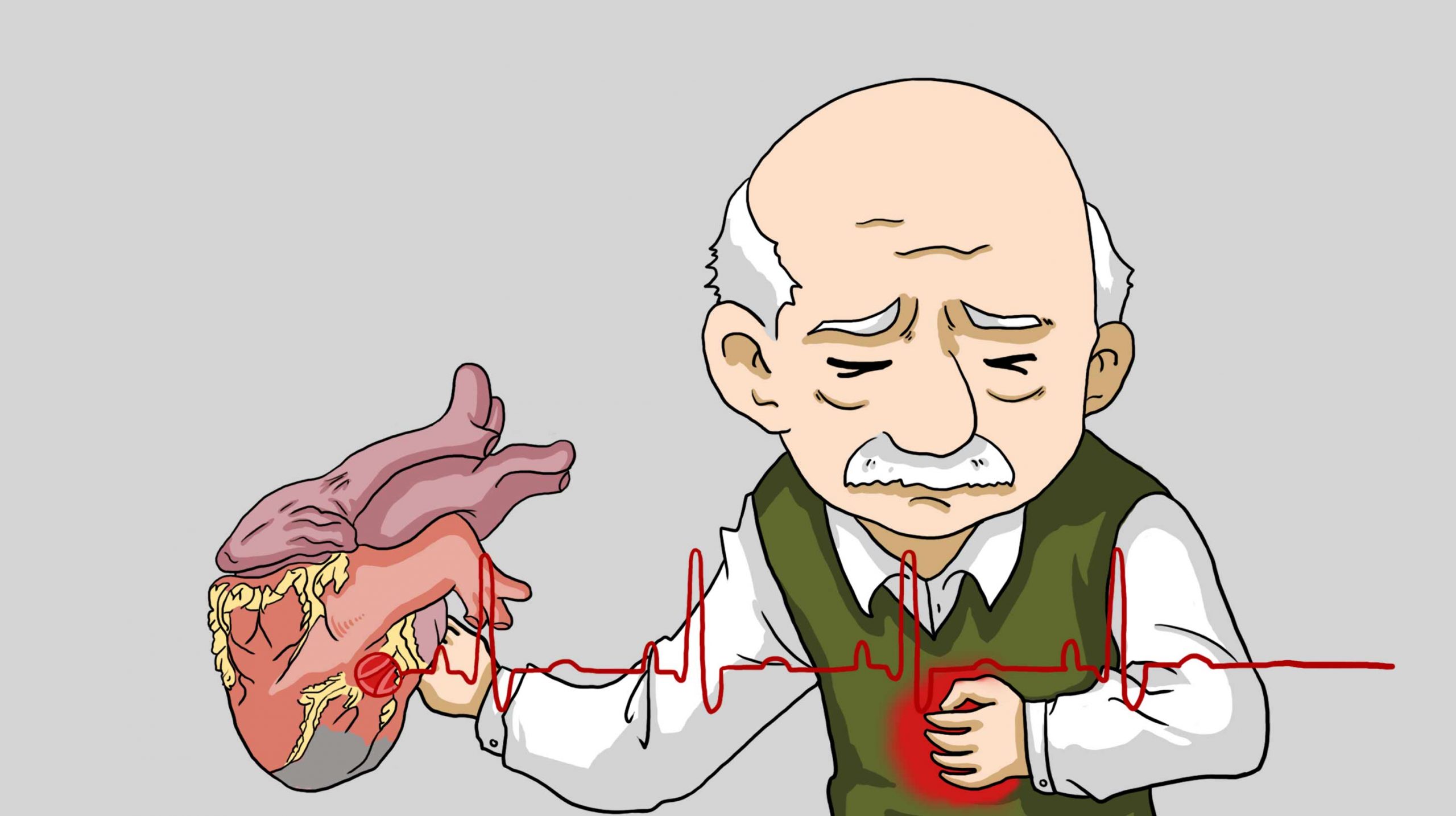Hyperviscosity, what are the signs? Can I drink more water to thin my blood?

Blood thickening is a term often heard by the general public. The condition, officially known in medical circles as hyperviscosity, represents an increase in the tangible components of the blood and a greater resistance to blood flow, which results in a slower blood flow. So, what are the typical signs of hyperviscosity? If the blood is thick, will drinking more water have the effect of thinning the blood? Can thick blood, lead to thrombosis? How should it be regulated? Let’s explain the main points now.
Why does blood become sticky? In terms of the mechanism of blood thickening, elevated blood lipids, are an important factor, but, not the only one. Blood flows through the body in order to maintain the oxygen supply to tissues and organs and, at the same time, to carry away metabolic waste. If blood viscosity increases and the flow rate slows down, the blood oxygen supply is compromised and the brain is the largest oxygen consuming organ in the body. As a result, you often get sleepy, feel like you haven’t slept well, your head is dizzy all day, and you don’t feel very alert even when you wake up in the morning. It is only after increased physical activity that you become slightly more awake, and after dinner, you seem to be a little more refreshed. This is because the metabolic rate slows down during sleep, which is the time when the blood is at its most viscous and is a typical sign of thick blood.
If the blood viscosity rises and is not regulated in time. Then the listlessness may last longer, for example, if you are sleepy after lunch and cannot keep your eyes open when you put the bowl down, you need to take a nap immediately, otherwise you will not feel refreshed for the whole afternoon. If the condition continues to develop, there are two other typical manifestations: one is difficulty in squatting and the other is paroxysmal blurring of vision, which is caused by a lack of oxygen and nutrients supply to the optic nerve. It is important to seek medical attention and have a blood rheological examination.
There are many causes of increased blood viscosity and the main influencing factors include ageing, obesity, hypertension, hyperlipidaemia, diabetes and metabolic syndrome. Among the lifestyle factors, smoking is an important factor affecting blood viscosity. Therefore, the primary measure to regulate blood viscosity is lifestyle improvement such as quitting smoking, rather than drinking more water. From a therapeutic point of view, the main focus is on lowering lipids and keeping the blood lipid index within the standard range.
Drinking more water can help to thin the blood, but this effect is limited because, by over-hydrating, there is a potential risk of water toxicity. Drinking water, therefore, should also be done in moderation. If the urine is dark in colour and smells bad, you should increase the amount of water you drink. If the urine is light in colour, like clear water, you do not need additional hydration, especially if your kidneys are not functioning well, you need to avoid increasing the burden on your kidneys. For hydration, the best choice is plain water or light tea water. Drinking warm boiled water early in the morning after waking up can help with bowel movement. Drinking water before lunch and before dinner increases stomach satiety, reduces food intake, speeds up the metabolic rhythm and helps control weight.
When blood viscosity is elevated, a combination of measures is needed to regulate it. Firstly, one should stop smoking and limit alcohol consumption. The next step is regular rest and exercise, avoiding late nights, ensuring adequate sleep and keeping your mood happy. Strengthening physical activity can speed up lipid metabolism and reduce blood lipids and blood viscosity. Exercises can include walking, brisk walking, jogging, tai chi, hiking, tennis and swimming.
A proper diet is an important measure to regulate blood viscosity. The diet should be as light as possible while ensuring the intake of essential nutrients, with a fine, coarse and fine meal arrangement. In addition, foods that help inhibit platelet agglutination and prevent thrombosis, such as, black fungus, onions, oats, celery, black beans, kelp, natto, hawthorn, walnuts, sesame seeds, nori and konjac, can also be consumed to help lower lipids. For older patients with hyperlipidaemia, prompt initiation of lipid-lowering medication is required under medical supervision.



